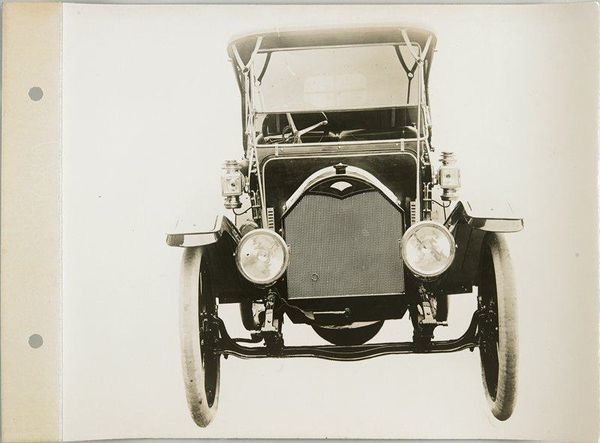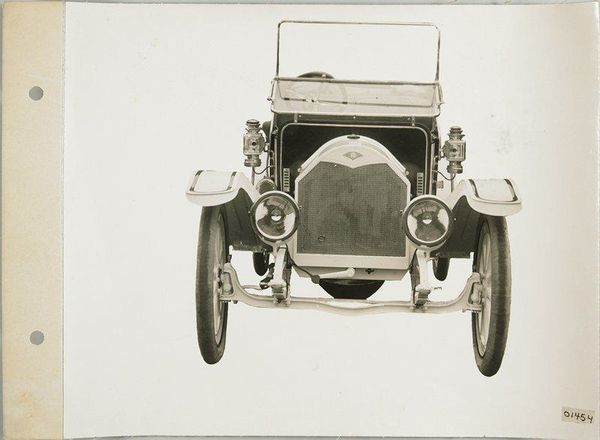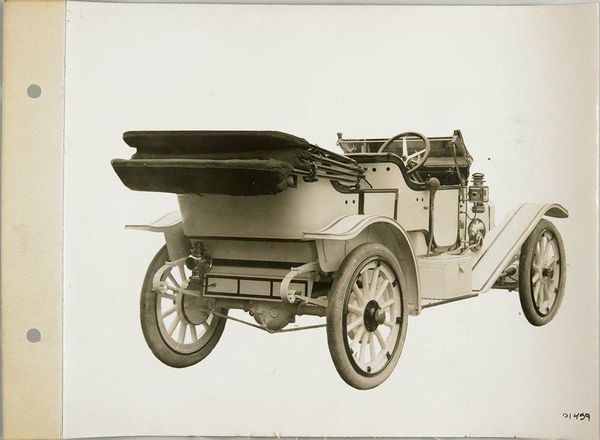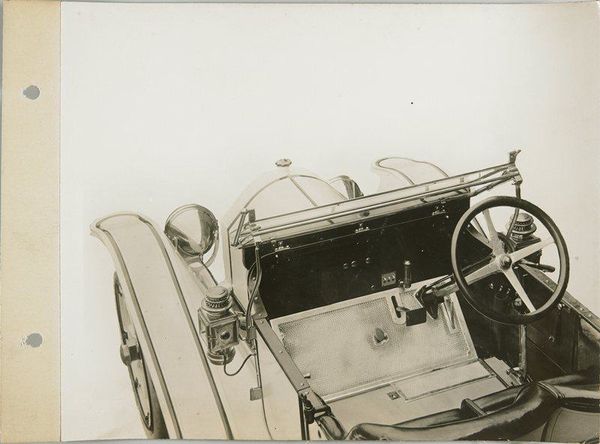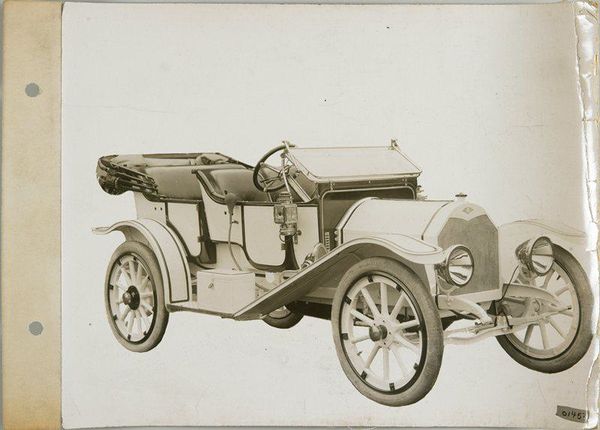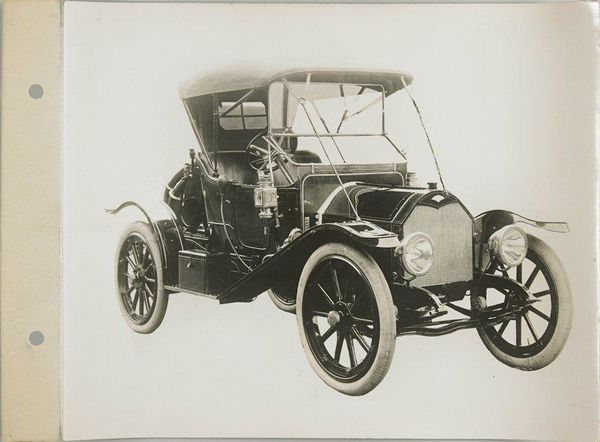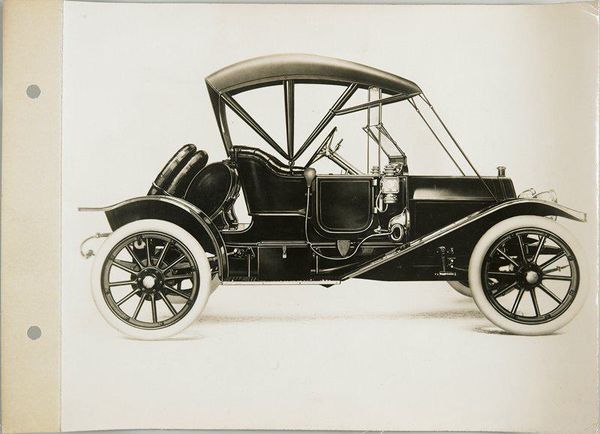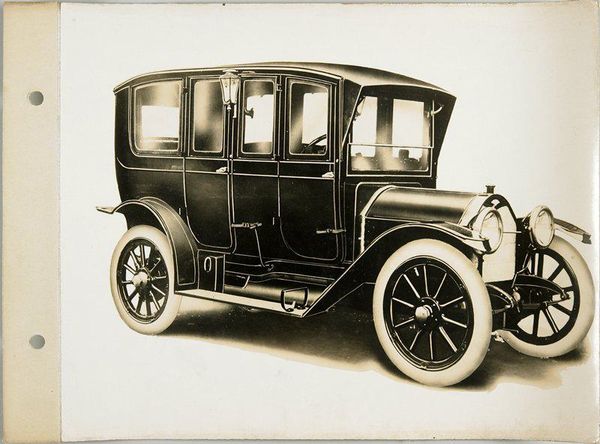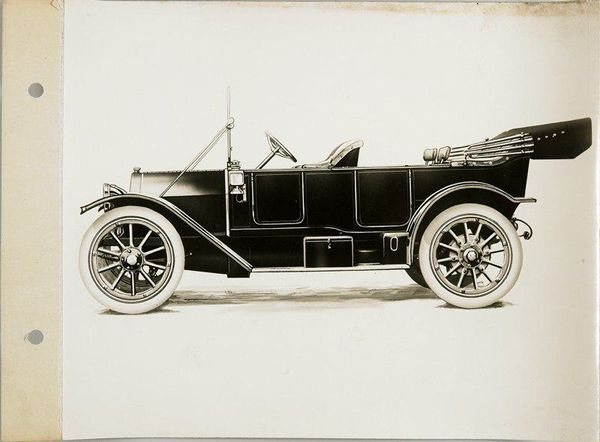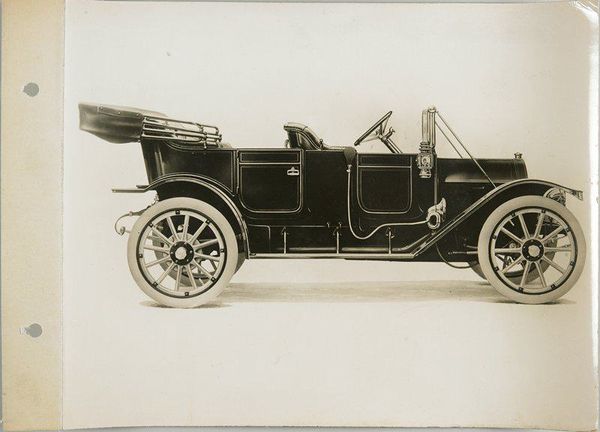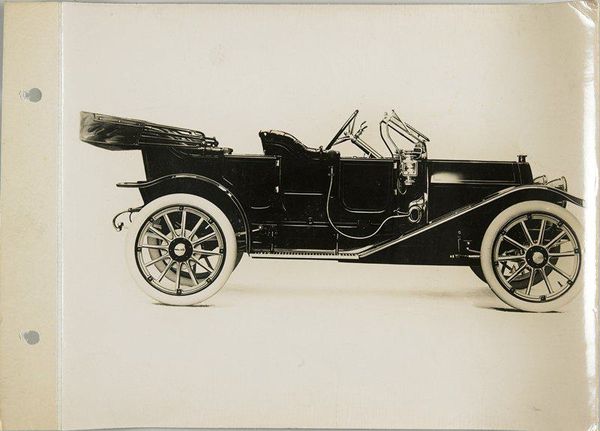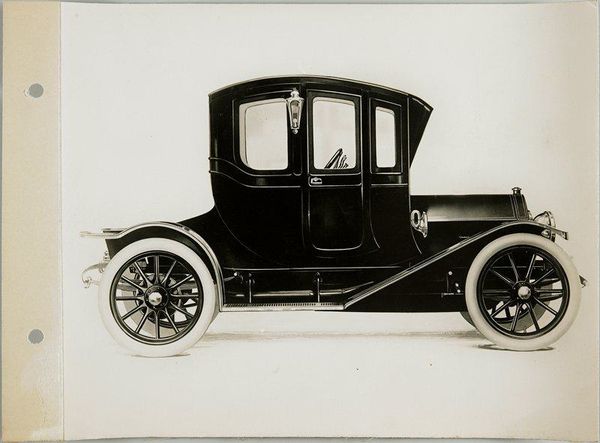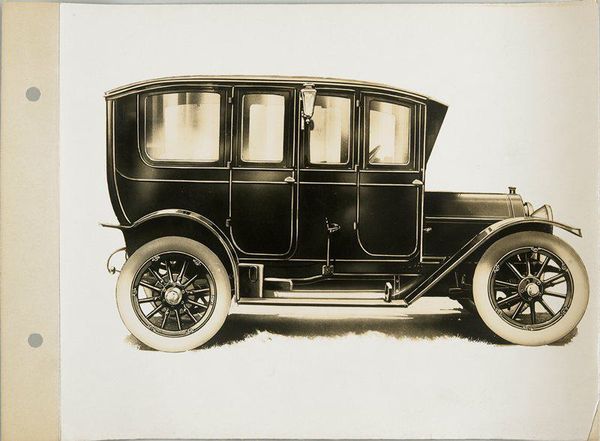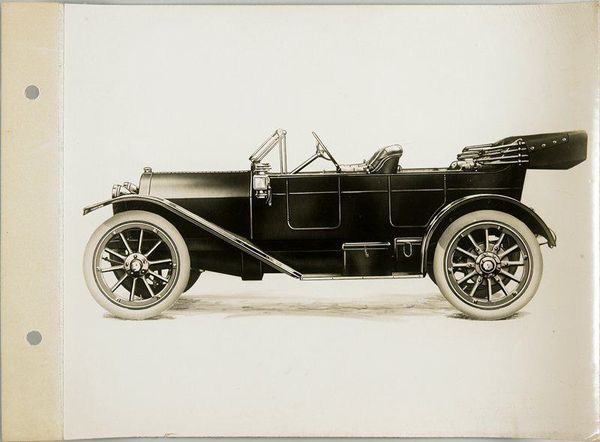
gelatin-silver-print, photography, gelatin-silver-print, graphite
#
still-life-photography
#
gelatin-silver-print
#
automotive
#
photography
#
gelatin-silver-print
#
united-states
#
graphite
#
graphite
Dimensions: 9 5/16 x 7 3/8 in. (23.65 x 18.73 cm) (image)10 5/16 x 7 3/8 in. (26.19 x 18.73 cm) (mount)
Copyright: No Copyright - United States
Editor: So, this photograph, titled "Untitled," was taken around 1911 by Spooner & Wells. It's a gelatin silver print depicting the front of what looks like an early automobile. There's something so clinical about the frontal view, it almost feels confrontational. What do you see in this piece? Curator: It's more than just a picture of a car, isn't it? It’s a window into the societal shifts happening in the early 20th century. Consider the cultural weight of this new technology. The automobile represents not just transportation, but also increased mobility, freedom, and, crucially, accessibility. But who had access? Whose freedom was being expanded? Editor: I hadn't thought about it that way. You're suggesting that a seemingly neutral image actually speaks to class and maybe even race. Curator: Exactly! The rise of the automobile also coincides with new forms of segregation and inequality. Cars were initially a luxury, concentrating power and privilege in the hands of a few. And let's not forget the environmental impact – even then, these machines were contributing to pollution, disproportionately affecting marginalized communities. This photo isn't just about technological progress; it subtly documents the dawn of an era defined by unevenly distributed benefits. Does that reframe the “clinical” feel you described? Editor: It does. Seeing it that way definitely shifts the emotional weight of the photograph. It's no longer just a relic, but a piece of evidence, I guess, that reminds us to be critical of what progress really means, and for whom. Curator: Precisely. It’s a call to consider the social, political, and ecological costs intertwined with technological advancement, even – or especially – when those costs are rendered invisible. It prompts a vital question: who gets to participate in, and who pays the price for, progress? Editor: That’s powerful. I will definitely consider these points in my essay about documentary photography. Curator: Wonderful! Remembering to dig deeper beneath the surface reveals complexities in the most simple seeming pictures.
Comments
No comments
Be the first to comment and join the conversation on the ultimate creative platform.
